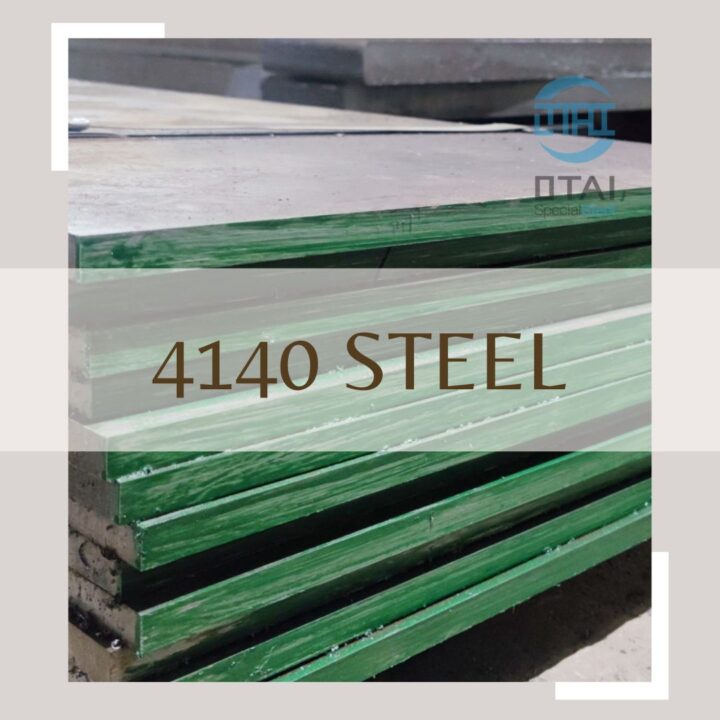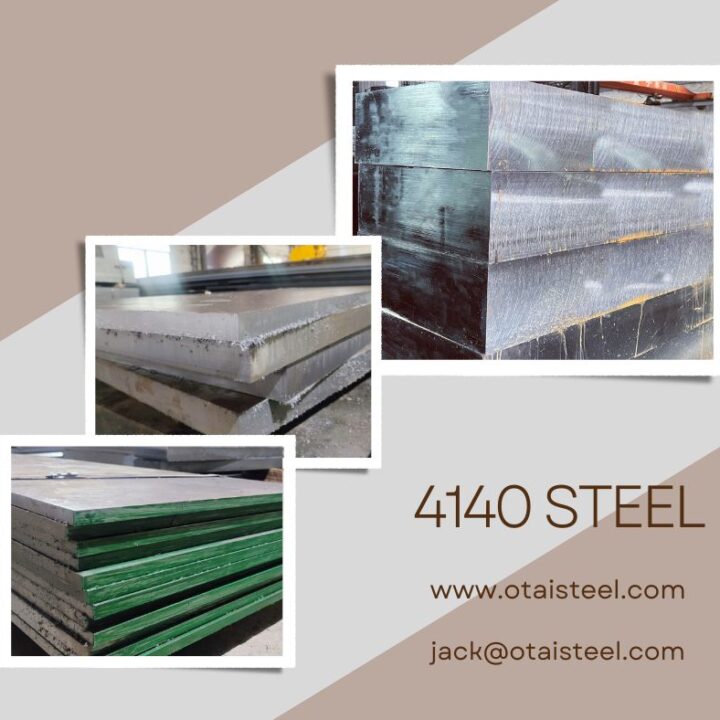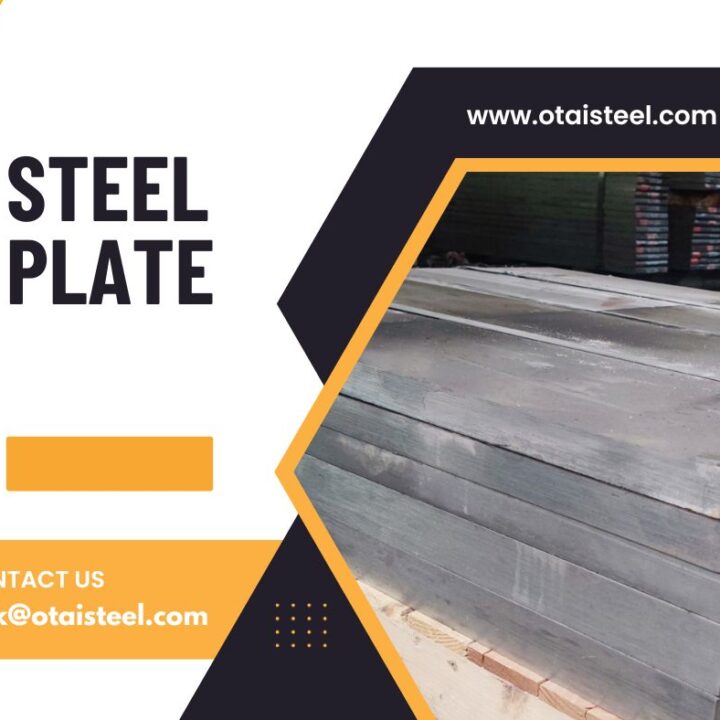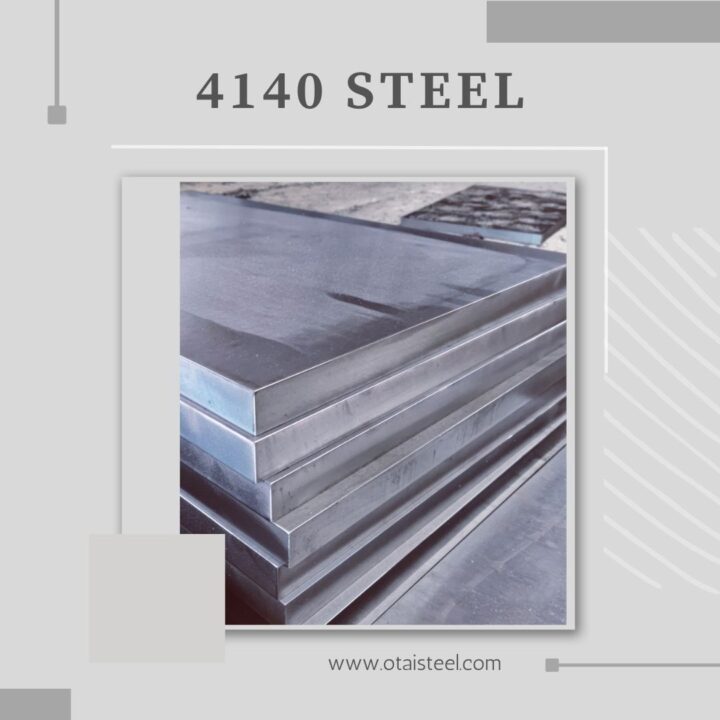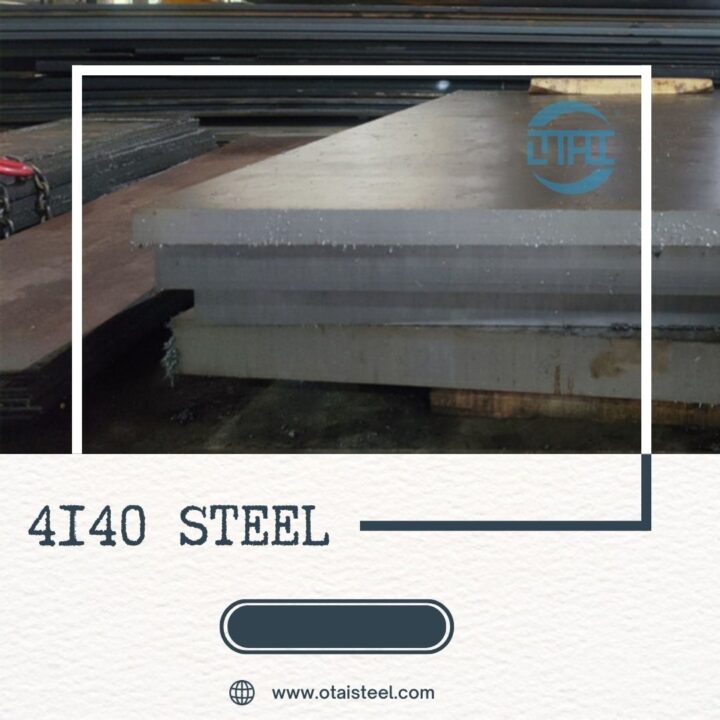H13 STEEL APPLICATION IN LIFE-Chapter2
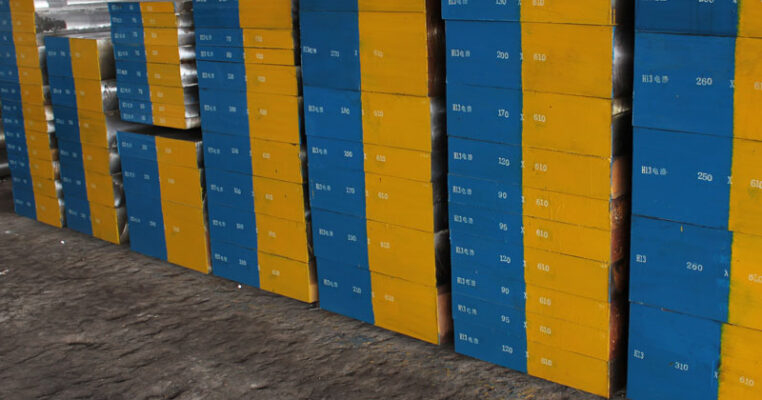
Jiménez et al. recently investigated a plasma-assisted physical vapour deposition technique to grow (TiAl)N films on H13 tool steel [14]. This tool steel is commonly used as a forming dye material at temperatures up to 600°C. Above this temperature the surface oxidizes and spalls quickly. In order to enable this tool material to be used at higher temperatures, a protective surface coating is needed. Thermal treatment of the H13 tool steel with and without (TiAl)N coatings were investigated with an AFM used in non-contact mode. Uncoated substrates showed appreciable increase in surface roughness due to oxidation at temperatures above 600°C whereas coated samples retained similar surface profiles after temperature treatments up to 1000°C (see Figure 3.4). X-ray diffraction (XRD) measurements were used to confirm and correlate these topographical measurements with the surface reactions. Extensions of the AFM, force modulation microscopy (FMM) and phase detection microscopy (PDM) were also used to image the surface. In FMM mode the tip is scanned in contact with the sample while a displacement sinusoid of a few kilohertz is applied to the tip or sample. The applied amplitude signal is modulated according to the elastic properties of the sample. FMM can therefore be used to image hard and soft regions at the same time as topological information is recorded. PDM is used when the AFM is operated in intermittent contact mode. PDM refers to the monitoring of the phase lag between an applied signal driving cantilever oscillation and the cantilever oscillation output signal. Changes in the phase lag reflect changes in the mechanical properties of the sample surface.
Tanaka et al. investigated the effect of toner particle morphology on toner fluidity and adhesion strength using an AFM [15].
Particle fluidity and interactions are influenced by surface structure size and morphology as well as the particle size and morphology. A fractal dimension was used to quantify the particle surface shape, which was related to its flow properties, and particle adhesion forces, which were measured with an AFM. The fractal dimensions were directly scaled from the nanostructure on the toner particle surfaces. A toner particle of approximately 5.5 μm diameter was attached to the AFM tip (see Figure 3.5), which was then held close to compacted toner powder (with a pressure of 54.9 MPa).



